I’m feeling like Goldilocks. After griping about the wet and grey weather, we had several sunny and warmer days but those were accompanied by complaint-worthy howling winds, which were unpleasant conditions to work in and prevented us from transplanting. One thing that none of us are complaining about is all the great cauliflower and romanesco we’ve harvested over the past few weeks. From a grower’s perspective, the timing was perfect – they were ready to harvest at a time that otherwise could’ve been a bit lean for CSA box contents and they were ready before the warmer weather that will undoubtably lead to aphids on most of our brassicas. From an eater’s perspective, they have been SO delicious. Many of us have been eating cauliflower daily! I’ve heard from several happy CSA members, including several that have been loving the leaves, which we keep most of to help protect the florets. If you haven’t been eating the leaves, try sautéing or roasting.
Another thing I’ve heard from CSA members about is interesting looking romanesco or cauliflower. It highlighted an important topic – the difference between hybrid and open-pollinated (also called OP) varieties and how we choose what to grow. After seed availability and what is possible in our climate, flavor is top of mind (we only want to grow things that taste good!). Then there are a number of other factors to consider, one of those decisions is between hybrid or OP varieties. There are tradeoffs and implications of each choice.
Hybrids have been bred, with traditional plant breeding methods to be genetically uniform. Hybrid is not the same as GMO; certified organic growers aren’t allowed to grow genetically modified seed. Farmers choose hybrids for their consistency (appearance and harvest timing) and/or for their resistance to certain diseases. Though the plants aren’t immune to every disease, and we get the occasional “off type” that doesn’t look like you’d expect, like this (not completely) purple cauliflower.
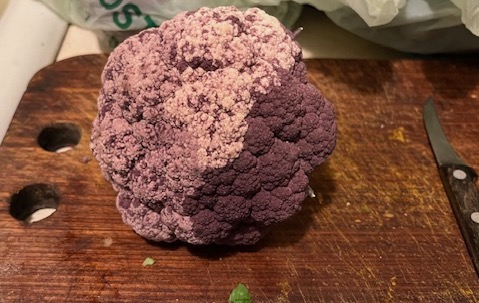
OP varieties can show a lot more diversity. Sometimes this diversity isn’t a problem, but it depends on the customer and the crop. For the wholesale market, the diversity, especially in appearance, can be a problem. For a CSA or farmers market, perhaps not as much. With tomatoes, diversity in appearance can be a bonus. Not so when it comes to romanesco, where there is a narrow range of appearance that people expect. This year we grew hybrid cauliflower a mix of hybrid and OP romanesco. The hybrid all look pretty similar; they’ve got compact plants with fairly tight heads with a lime green color.
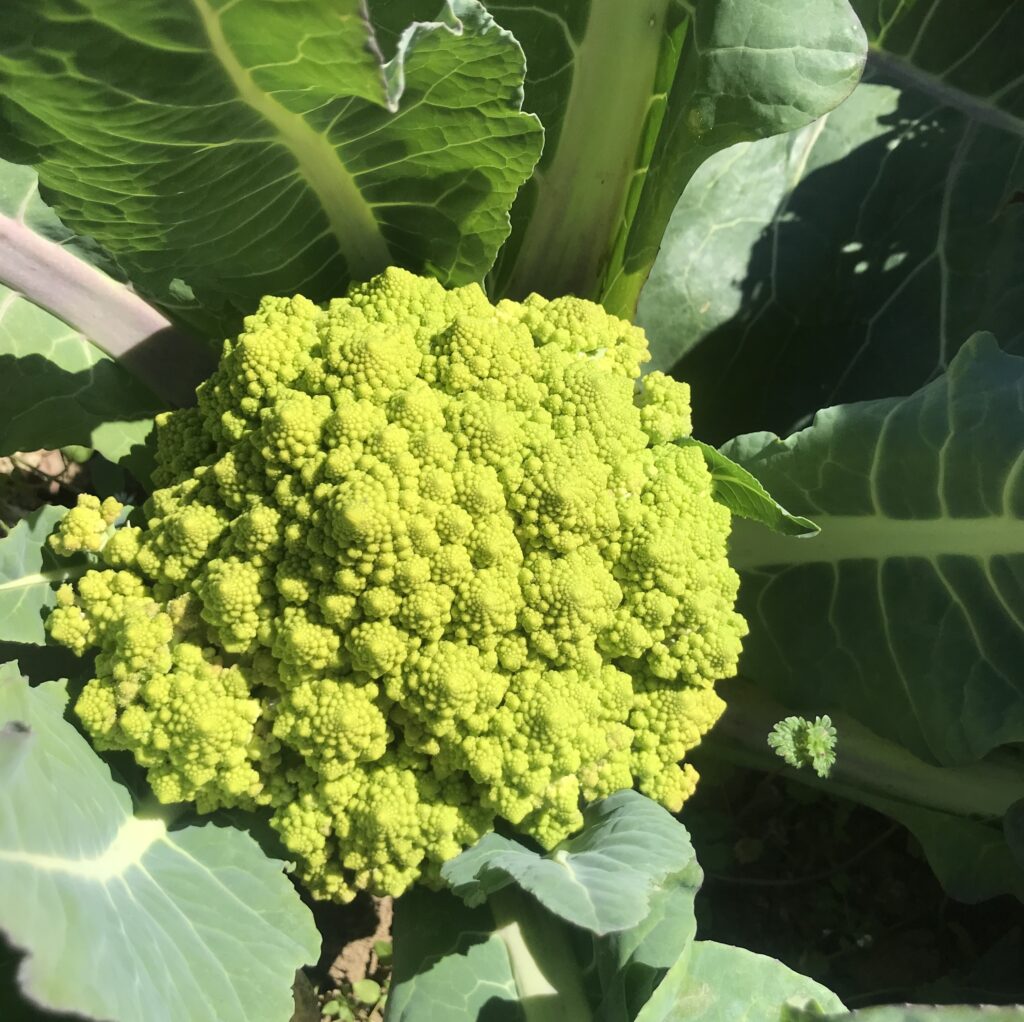

The OP romanesco tends to be less compact, some heads look a bit fluffier (with some looking almost like broccoli), and some have a lighter green or a purple tinge. Or they might look the same as the hybrids. The appearance is diverse but the taste is excellent. If you’ve gotten one of these funkier ones, you can attest that they taste great!
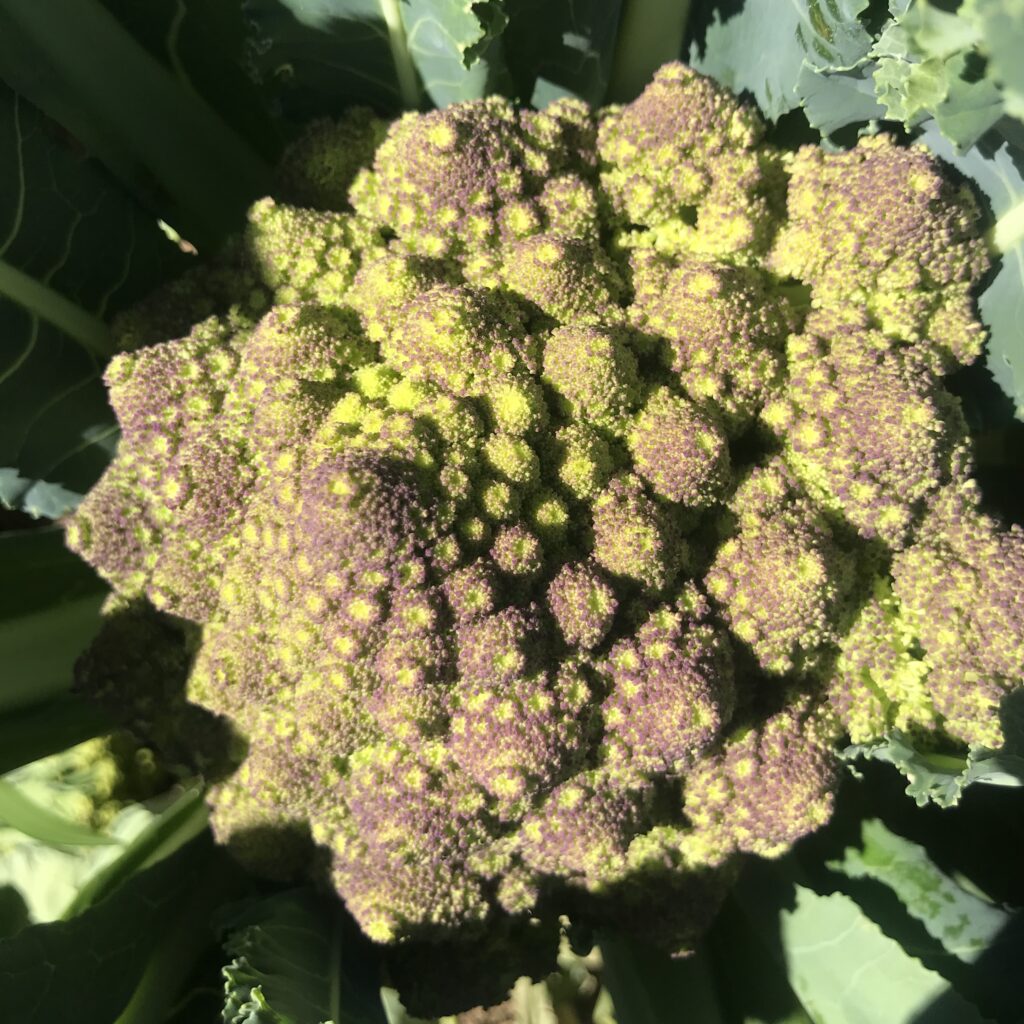
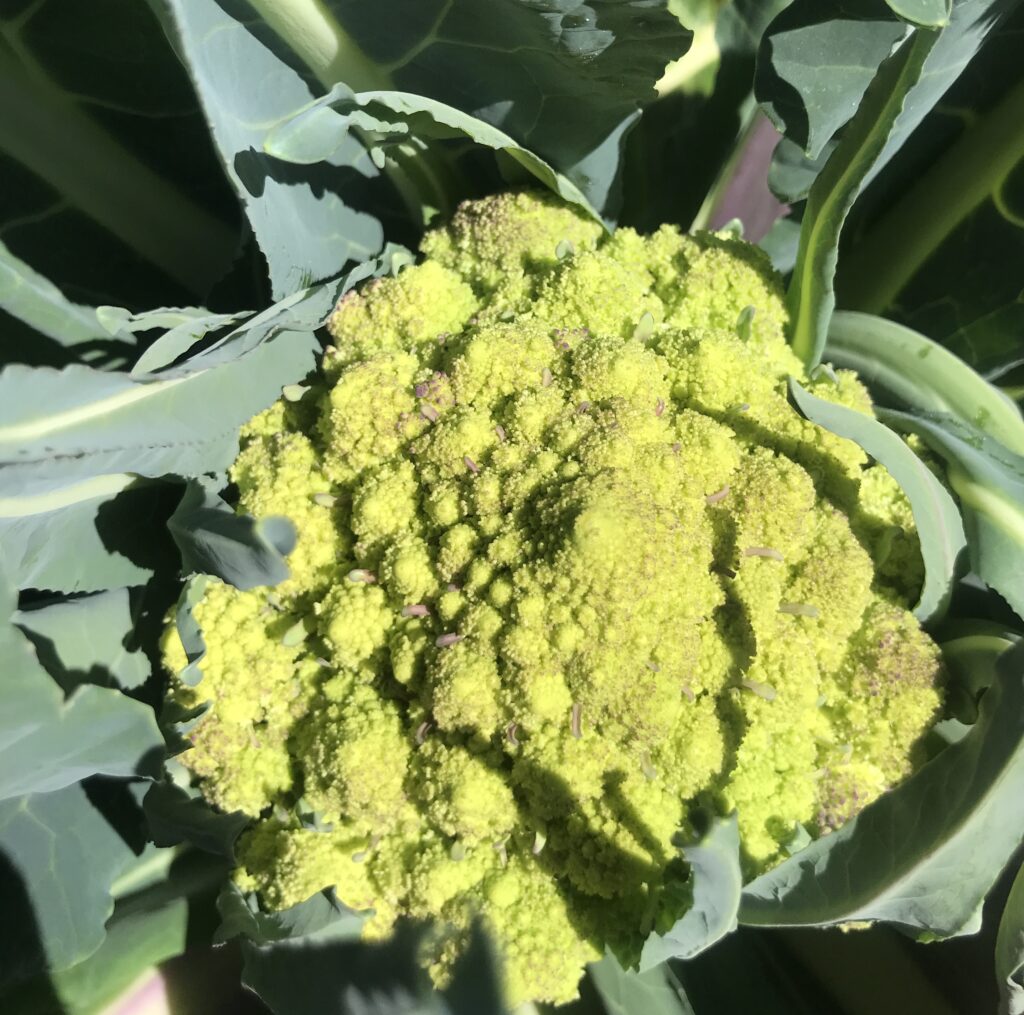
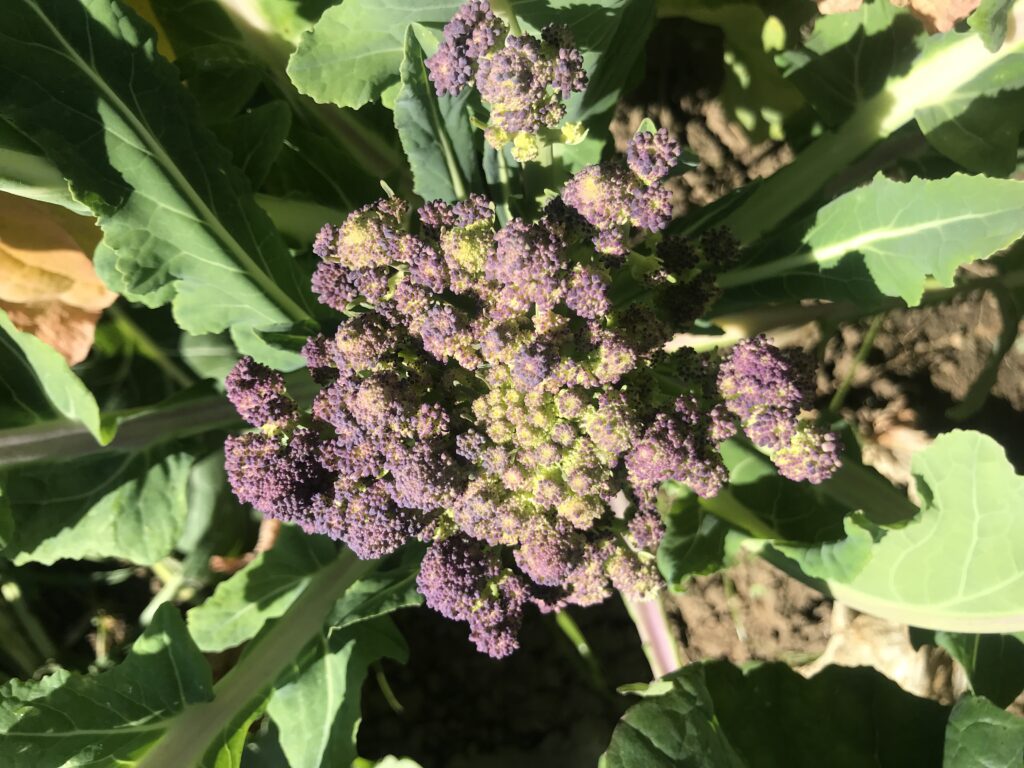
Why not just grow hybrid seeds and have a bit less uncertainty? Cost is a major factor; hybrid seed is much more expensive than OP. The difference is especially stark for brassicas like romanesco, where hybrid seed can cost ten times as much. The financial implications come into play in another way; you can save seed from OP varieties but not for hybrids. The next generation of plants will have too much diversity and will not be “true to type.”
There are additional factors that lead us to choose a hybrid or OP variety, but we’re saving those for next week’s Beet. “Tune in” next week (or find it online, if you won’t be getting a box) for part 2! But if you find this topic interesting and you want to learn more now, I recommend checking out this webinar with Professor Charlie Brummer (a plant breeder at UC Davis) hosted by our local Cooperative Extension office.
Elaine Swiedler, CSA Manager
